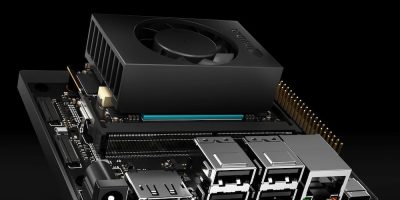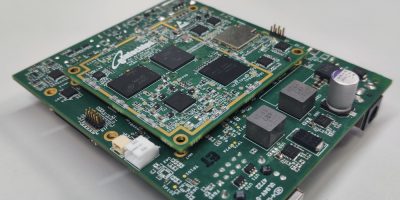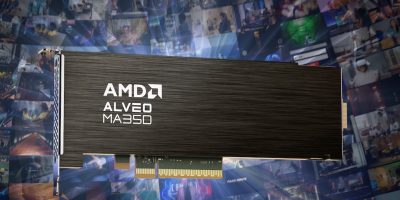A fourth generation, low power wireless SoC has been introduced by Nordic Semiconductor. The first SoC in the nRF54 series is the nRF54H20 and suitable for disruptive IoT applications demanding high processing power, excellent energy efficiency and security, said Nordic Semiconductor.
The nRF54 series of Bluetooth Low Energy (Bluetooth LE) SoCs add to Nordic’s portfolio of the nRF51, nRF52, and nRF53 series. At the same time it introduces a new hardware architecture fabricated on the GlobalFoundries 22FDX process node.
Capable of supporting Bluetooth 5.4 and future Bluetooth specifications, plus LE Audio, Bluetooth mesh and Thread, Matter, the nRF54H20 will be the foundation for a new wave of revolutionary IoT end products, promised Nordic Semiconductor. Its combination of advanced features will enable complex end products that have previously been unfeasible, claimed the company.
The nRF54H20 comprises multiple Arm Cortex-M33 processors and multiple RISC-V coprocessors. The processors are clocked at up to 320MHz and each processor is optimised for a specific type of workload.
The dedicated application processor features double the processing power (2x CoreMark) of the application processor in the nRF5340 SoC. The nRF54H20’s computing resources are supported by integrated memory comprising 2Mbyte non-volatile memory and 1Mbyte of RAM. The SoC’s level of integration will enable developers to shrink designs by replacing multiple components, such as application microcontroller, external memory and wireless SoC, with a single, compact device. In addition to advanced wearables, smart home, medical and LE Audio applications, the nRF54H20 SoC can be used for applications demanding complex machine learning (ML) and support for sensor fusion at the edge.
The nRF54H20 features several new digital and analogue interfaces, including a high performance external memory interface (400Mbytes per second), high speed USB (480bits per second), two I3C peripherals, a CAN FD controller and a 14-bit ADC. These interfaces are in addition to analogue and digital interfaces integrated on the nRF54H20.
The multi-protocol 2.4GHz radio ensures the nRF54H20 SoC is the first in the world to offer -100dBm RX sensitivity when receiving a 1Mbit per second Bluetooth LE signal, according to Nordic Semiconductor. Combined with up to 10dBm TX power, the nRF54H20 offers an ample link budget for enhanced robustness and longer range. The radio RX current consumption is just half that of the nRF5340, said Nordic. For applications that are mainly receivers, such as earbuds and wearables, the low energy consumption allows for more compact batteries or extended battery life, explained Nordic Semiconductor.
The nRF54H20 is a secure low power, multi-protocol SoC and is designed for PSA Certified Level 3, the highest level in the Platform Security Architecture (PSA) Certified IoT security standard. The SoC supports security services such as secure boot, secure firmware update and secure storage. It has cryptographic accelerators that are hardened against side-channel attacks and tamper sensors that detect an attack in progress and take appropriate action.
The nRF54H20 SoC is available for sampling now to selected customers.







